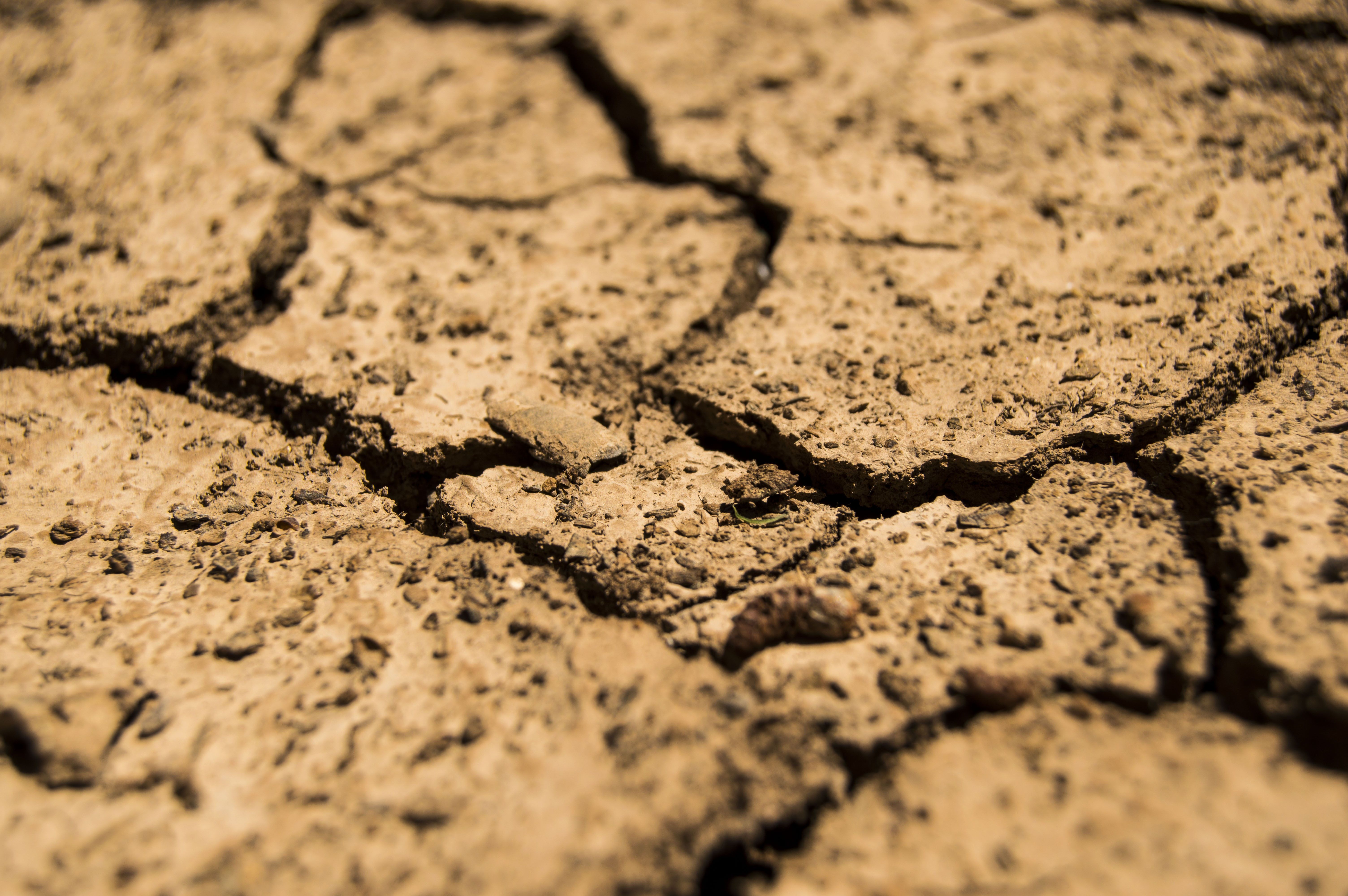The World Resources Institute’s (WRI) updated Aqueduct Water Risk Atlas finds that 17 countries, which are home to a quarter of the world’s population, face “extremely high” water stress.
The Aqueduct Water Risk Atlas ranks water stress, drought risk, and riverine flood risk across 189 countries and their sub-national regions, like states and provinces. It was used by more than 50,000 people in 2018. The same year, more than 300 companies used the tool to disclose water risks to CDP.
In the 17 countries facing extremely high-water stress, agriculture, industry, and municipalities are drinking up 80 per cent of available surface and groundwater in an average year. When demand rivals supply, even small dry shocks, which are set to increase due to climate change, can produce dire consequences.
“Water stress is the biggest crisis no one is talking about. Its consequences are in plain sight in the form of food insecurity, conflict and migration, and financial instability,” said Dr. Andrew Steer, president and chief executive officer of WRI. “The newly updated Aqueduct tools allow users to better see and understand water risks and make smart decisions to manage them. A new generation of solutions is emerging, but nowhere near fast enough. Failure to act will be massively expensive in human lives and livelihoods.”
Aqueduct sheds light on hot spots for water risk around the world. For example, in the Middle East and North Africa (MENA) region, home to 12 of the 17 countries facing “extremely high” stress, experts have pinpointed water scarcity as a force that can exacerbate conflict and migration. India, ranked number 13 on Aqueduct’s list of “extremely highly” water stressed countries, has more than three times the population of the other 16 countries in this category combined. Northern India faces severe groundwater depletion, visualized on Aqueduct’s maps and included in calculations of water stress for the first time.
“The recent water crisis in Chennai gained global attention, but various areas in India are experiencing chronic water stress as well,” said Shashi Shekhar, former Secretary of India’s Ministry of Water Resources, and senior fellow at WRI India. “India can manage its water risk with the help of reliable and robust data pertaining to rainfall, surface, and groundwater to develop strategies that strengthen resilience. Aqueduct can help identify and prioritize water risks in India and around the world.”
Aqueduct is supported by the Aqueduct Alliance, a coalition of leading companies, governments and foundations working with WRI to improve sustainable water management. Its data were developed in collaboration with our research partners at Delft University of Technology, Deltares, Utrecht University, Institute for Environmental Studies (IVM), PBL Netherlands Environmental Agency, and RepRisk.









